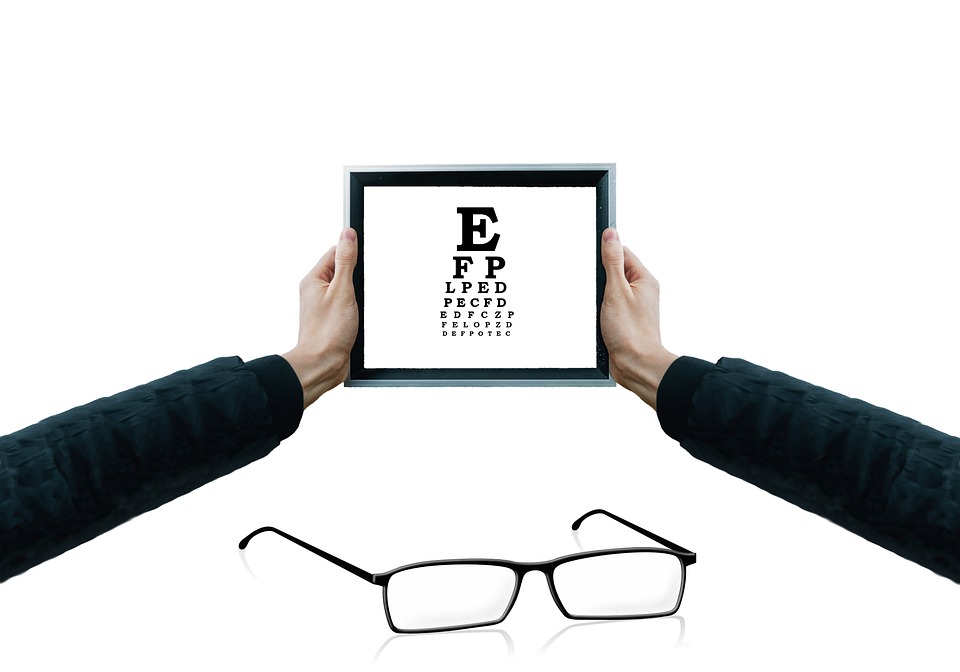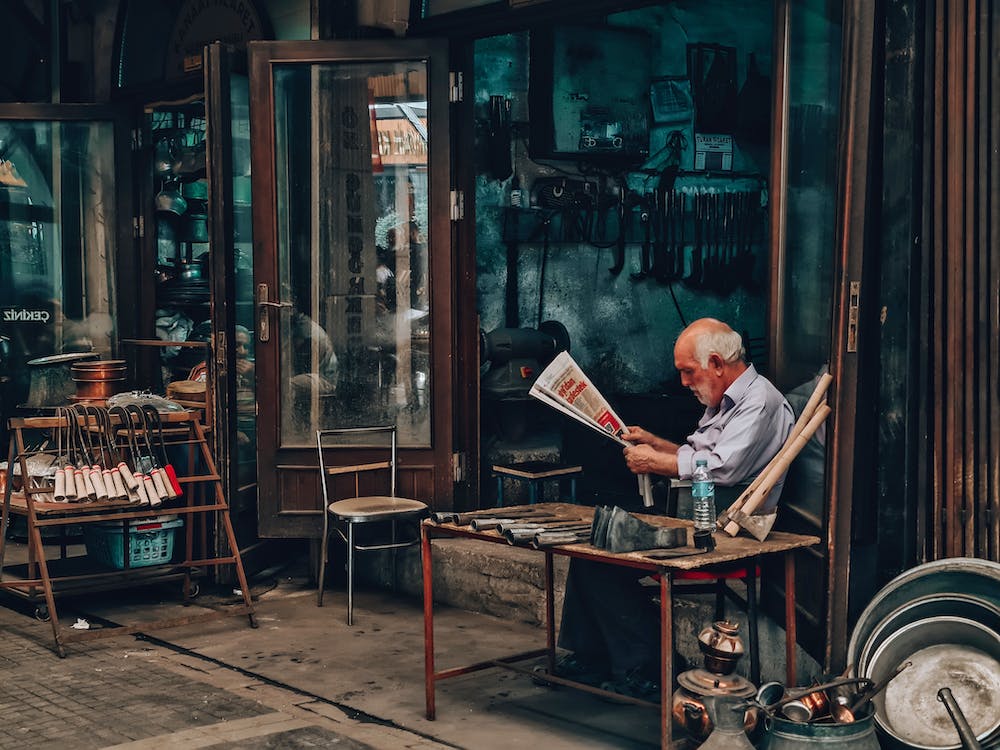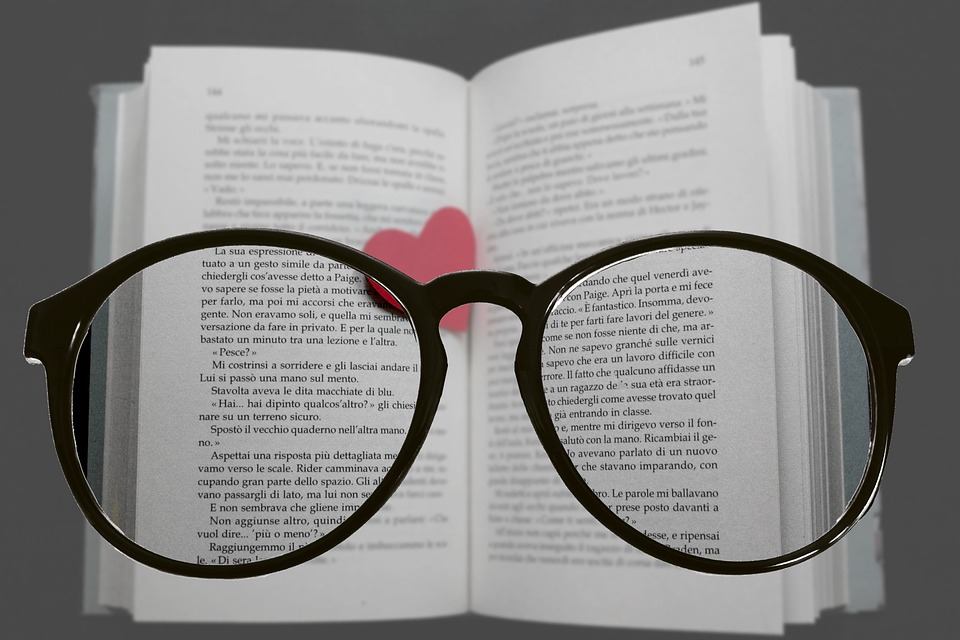The Dynamics of Presbyopia
Greetings to all and sundry,
We are in for another roller coaster ride, the week is going quite well and I am certain that we are going to end it on a good note as we have always been doing, the night or rather the days are still young though so we still got a lot of work to do, stay with me.

By the way I hope you are having a good week and that you are doing very well too. Our health is of great importance to us and we ought to ensure that we are staying fit always. Today i am here once again to share my knowledge on ocular health with you as i always do and what we would be looking at today is an interesting one that i hope you enjoy the read, well do read it well because none of us can really escape from presbyopia.
Introduction
Aging comes with a lot of changes in our anatomy and physiology, some of them we can do something about it others we just have to go through it and endure but aging in itself is not something anyone of us can escape no matter how many anti-aging pills you pop. And so it becomes paramount that we are in the know of the changes we are likely to go through so we know how best to protect our health.

The eye is a part of the body and as the rule of aging goes, changes come about with our eyes, its strength, its physiology and its anatomy as we grow and this directly or indirectly tend to have impact on our vision. Thankfully, most of the senile changes related to the eye or vision are not sight-threatening or blinding unlike some conditions like Glaucoma that may likely steal your vision away completely if care is not taken.
So for today we would be looking at an aspect of aging and vision known as presbyopia and the dynamics behind it, why some may develop it earlier than others whereas other develop very very late, the best solutions or managements to opt for and the benefits that comes with the various options. I do hope you enjoy the read and keep them in mind for yourself and your families or friends.
Presbyopia
Presbyopia is a senile condition of the eye where the eye's ability to change the shape of the lens to enable objects closer stay clearer and in focus diminishes. This functional loss of the ability known as accomodation results in what we call presbyopia and the end results is basically we not been able to see things clearly when they are near or we not being able to read small prints as we grow old.
Most of us have seen this before, if you are yet to experience it yourself i am absolutely certain you have seen your mother or father or aunty or an elderly person use glasses or spectacles just to be able to read the book or newspaper he is holding or tread a needle. All these are as a result of the loss of accommodative ability of the eye.

Now the interesting thing about Presbyopia which lots of patients tend to bring up when i mention that they have presbyopia and thus the reason they have the symptoms they may have presented with is that, each individual experiences it differently at different ages and different timelines and so understanding why or how this is so would answer the question which most of patients ask me.
And thus, "How come i need glasses to read already when i am not so old? My grandparents grew up to be very old before they even used glasses, my great grand parents never used glasses before they died, so why me?" These and many similar question like this are posed by our patients on a daily and the answers to these explain the dynamics behind presbyopia, so let's delve in.
The Dynamics
Now there are three groups of individuals when it comes to sight or ocular function, we have the hyperopes or far sighted, the myopes or near sighted and the emmetropes or the ideal eye. I didn't add astigmatism because an astigmat would still fall under either myopia or hyperopia. Myopes have lot of power in their eyes and so as they grow older and the power weakens naturally, they already have a lot in stock which they can still use to see object clearly at near.
And so depending on the intensity or severity of their myopic condition the could grow to be very very old before they may need glasses for reading or doing near work. Mind you the downside here is that without glasses these individuals can see the next person standing about 3 meters away from them clearly. I hope you are following.

For hyperopes they already have difficulties with near work or vision, it is only when things are far of thus 6 meters and more that they can really appreciate vision and so these individuals would experience presbyopia quite earlier than the expected time frame or age. So if you happen to fall within this group then you are likely to need glasses after about age 35 to 40.
The ideal time for which we expect a patient to experience presbyopia is after age 40 though and this is normally what happens to emmetropes or the ideal eye patients. And so if your parents or relative lived to be so old before needing glasses to read the person may probably have been a high myope and you cannot make such a comparison.
Mind you, your father could be a myope, your mum a hyperope, and you an emmetrope. Such are the dynamics of genetics, the passing off of genes to the offspring, and the beauty behind dominant and recessive alleles and their expression. Understanding these simple basic facts could make all the difference to the answers you seek to your questions.
Conclusion
And so the next time you seek to understand why the eyes of people differ in diverse ways and why even twins may have such idiosyncracies, go over what i have shared with you today and i do hope it throws some light on issues for you. I am thankful for your time and for reading.

I encourage you to continue taking your ocular health serious by making it a priority, have regular checkups, do not miss reviews, when in doubt consult and profession and kindly avoid unsanctioned medication for eye use especially when they come in the form of drops. I wish you the very best, stay safe and have a wonderful time.
Further Reading
Pepose, J. S., Burke, J., & Qazi, M. (2017). Accommodating Intraocular Lenses. Asia-Pacific journal of ophthalmology (Philadelphia, Pa.), 6(4), 350–357. https://doi.org/10.22608/APO.2017198
Kollbaum, P. S., & Bradley, A. (2020). Correction of presbyopia: old problems with old (and new) solutions. Clinical & experimental optometry, 103(1), 21–30. https://doi.org/10.1111/cxo.12987.
Wolffsohn, J. S., & Davies, L. N. (2019). Presbyopia: Effectiveness of correction strategies. Progress in retinal and eye research, 68, 124–143. https://doi.org/10.1016/j.preteyeres.2018.09.004.
Israni, N., & Kochar, S. (2022). Hocus pocus: Breaking the curse of presbyopia. Indian journal of ophthalmology, 70(8), 3166. https://doi.org/10.4103/ijo.IJO_1086_22
Thanks for your contribution to the STEMsocial community. Feel free to join us on discord to get to know the rest of us!
Please consider delegating to the @stemsocial account (85% of the curation rewards are returned).
You may also include @stemsocial as a beneficiary of the rewards of this post to get a stronger support.